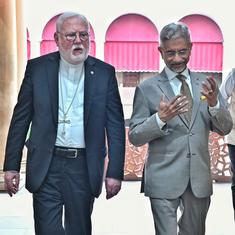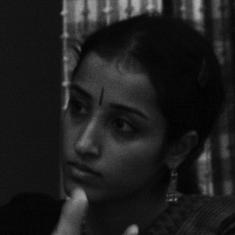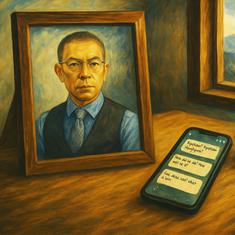On Tuesday, 23-year-old squash player Ravi Dixit made headlines after announcing his willingness to sell his kidney. A gold medallist at the 2010 junior Asian Championship, Dixit wanted to participate in this year’s South Asian Games, but lacked the necessary funds. Feeling defeated, he resorted to Facebook to make a desperate plea:
Next month, the games are starting in Guwahati and I am representing India. To prepare for the tournament, I am training in Chennai but I have not been able to arrange enough money to fund my campaign for the games. I have lost my determination. I am ready to sell my kidney. If anyone needs a kidney, they can contact me. The price of my kidney is Rs 8 lakh
Readers recoiled in shock, politicians took notice and even international media outlets picked up the story. Caught off guard by the sudden and unexpected attention, Dixit wrote a letter of apology to the country’s governing body for squash. He clarified that his social media post was made on the “spur of the moment”, while admitting that he was looking for sponsors to meet his expenses. In terms of the news cycle, the story ended with Dixit’s apology. But as for the bigger picture, the episode once again revealed a dark truth about sports in India – a dire lack of funds.
Deepthi Bopaiah, a director at GoSportsFoundation, an organisation that works towards securing funds for Indian athletes, said that many Indian athletes face an “immense” financial struggle.
“And it’s not just those who come from humble backgrounds,” she said. “At times, costs for an entire year can run up to Rs 7 lakh-Rs 8 lakh. Even for an athlete coming from a middle-class background, spending Rs 3 lakh-Rs 4 lakh per tournament is extremely difficult.”
Some years ago, Sania Mirza was asked by potential sponsors if Indian women could ever succeed in tennis. Bopaiah said that while the situation has improved since then with entities like Star now backing sports such as badminton and kabaddi, there is still a long way to go.
“It becomes an unfair competition when our athletes compete on the international stage,” said Anushree Mishra, who takes care of operations and marketing for India For Sports, a crowdfunding initiative for Indian athletes. “The levels are different because athletes from other countries have access to so many things such as nutrition facilities, training, infrastructure etc. In contrast, even some of our top-level elite athletes have to worry about getting funds instead of training and improving their game.”
In September, Chetanjit Singh, the father of promising 17-year-old tennis player Karman Kaur Thandi shared with Scroll.in the details of expenses for his daughter’s year-round training. Just a week’s expenses amounted to $1,500 (nearly Rs 1 lakh). Thandi has since got sponsorship owing to her association with the International Tennis Premier League. But it is evident that the funds required just to compete at the highest level make it very difficult for aspiring athletes to harbour ambitions about prolonged success.
Support staff
Mishra and Bopaiah concur that sports federations and governments offer limited assistance that falls short of the requirements. Politics and internal squabbles common to most Indian sports associations also takes its toll on the athletes, who are left to fend for themselves. And this often fuels resentment.
“The government does nothing for us,” said a successful para-athlete, who did not wish to be named. “So you can’t help it; you just have to be strong and realize that you have to do everything by yourself. The only advice I would give to Dixit is to be strong and keep on fighting.”
In these tough times, the people closest to you play a vital role, according to Bopaiah. “Talk to your parents, talk to your coaches,” she said. “Stay strong and always remain in touch with your support system.”
As for the larger problem of funding, Bopaiah said the current system needs to be overhauled and a “super-structure” developed, where different levels (district, state, country) are created and players who go through these levels are financially rewarded. Until then, most Indian athletes will have to wage a lone struggle.










